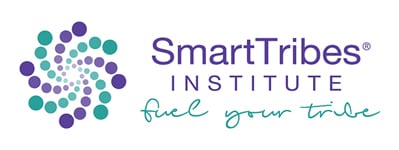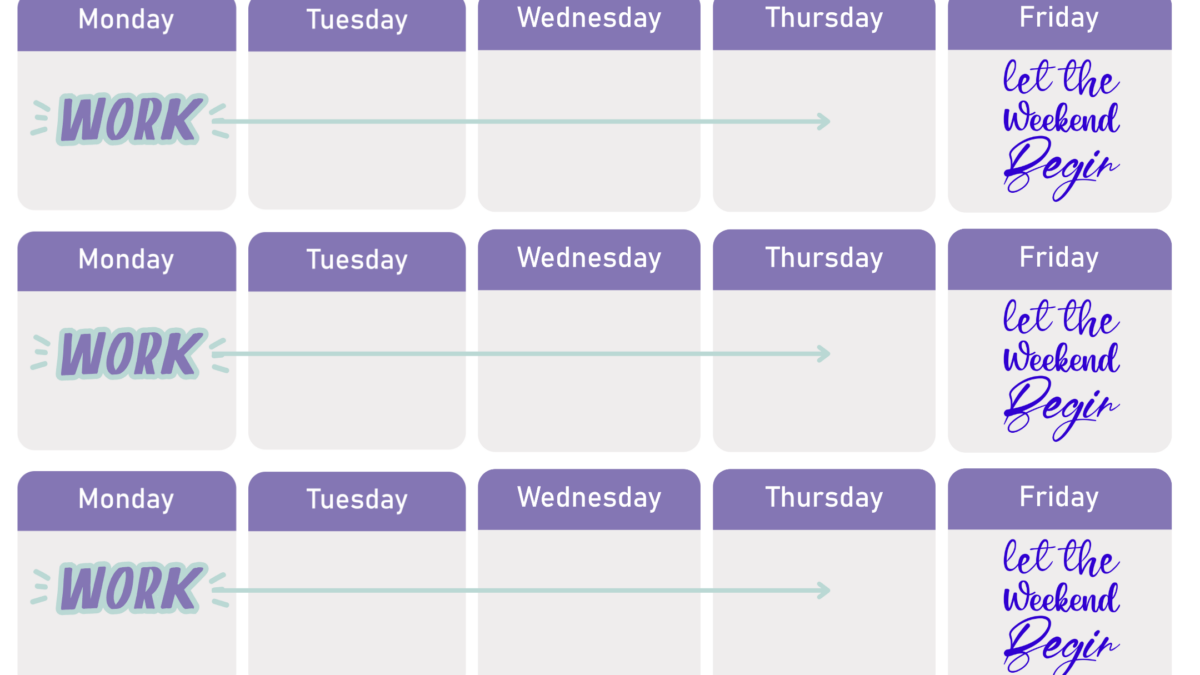What People Really Think About Females In Leadership [Infographics]
August 20, 2021How Stress Changes Your Brain: And What To Do About It [Infographics]
February 12, 2022Do you struggle with work-life balance?
Most people do these days.
Working from home has blurred the lines, we’re all pivoting so frequently that we are constantly upgrading our skill set, and the demands of an ever-changing world is causing many of us to feel we need to be digitally connected more than we’d like.
As Covid recedes (we hope!) the desire for more flexibility and fewer working hours are causing people—especially Millennials and Baby Boomers—to quit their jobs.
The result?
Some employers are implementing 32-hour work weeks. But how do you do this in a way that still takes care of your business, your team, your clients?
4 Steps To Reduce Your Work Week
Here are 4 steps some of our clients are implementing to reduce the work week.
1. Communicate clearly what the options are, the upside and downside, if a reduced work week is appropriate for their role, and any other relevant decision criteria.
Options:
Some of the more popular options for implementing a reduced work week are:
· Flex time/staggered hours – employees choose a start time of 7-9am and an end time of 3-5pm, with all key meetings in the overlap times
· Compressed workweek – employees work 4.5 days totaling 35 hours
· Front-loaded – employees work more hours on the busiest days (for example, Monday through Wednesday they might work 9 hour days, with Thursday at 5 hours)
Upside/downside:
· This is the stickiest point, I’ve found across our clients: will we reduce their compensation if they work fewer hours? What if they are achieving their goals regardless? Shouldn’t they be rewarded for that? Or do we have to reduce their goals? Read on…
· Several organizations, such as New Zealand Perpetual Guardian, reported a 24% productivity increase with a shorter work week, and Microsoft Japan found employees sold almost 40% more and reduced overhead costs with a 4 day workweek
· So… working more hours does not equal more productivity! Better rested, happier employees does!
Appropriate for their role:
· Another sensitive topic: is a shorter work week appropriate for all roles? What about client care/customer service? We need to care for customers across the 5 days (or possibly 24×7)? This is where staggered days work. Departments coordinate their employees’ days off so full coverage is achieved.
Once the above is clear, share your plan with your team as a trial project. Don’t cast it in stone until you’ve learned from the initial foray as you’ll likely streamline and refine as a result.
2. Help team members structure their optimal schedule so the people, the clients, the business is cared for
How will goals be achieved in fewer hours? Do we need better tracking of tasks/deadlines, or better communication?
How will we ensure coverage/maintain quality of client care if a role is client-facing? Do we need to set new client expectations? Or can we make this change transparent to clients?
This is where some historical research is essential. Which are the busiest days and times, for example, for client care? We’ll need to have coverage for those days. What are people’s individual needs? We can’t change schedules often as it’ll wreak havoc. Most of our clients are having employees commit to a 32-hour schedule for the next 6 months. Then revisions can be done at one time, for another 6 month stretch. Ultimately it’ll be easier to set 1 year out, if possible, depending on the size of your organization.
3. Do a trial period to test if this approach actually works
How long of a trial period would you like? Is 90 days ok? Too short? Too long?
What is the criteria you’ll assess in your trial period? I recommend planning, accountability, quality and communication. Add any additional items you’d like. Here are some key aspects to check in communication, as that’s usually where the trouble starts.
You’ll know communication is working when each individual:
· Asks for what they need so they can do their best work
· Provides clear and complete communication and checks to ensure their message was accurately received, and if they are the communication recipient, they check to ensure they fully understood the message
· Carefully reads communications and provides a complete response (without requiring back and forth due to incomplete responses)
· Manages their emotional state in communications and carefully words emails to be considerate of others even when they are upset
· Proactively provides timely clear communication on outstanding items and status so team members can do their best work
· Proactively provides ideas and well-formed strategies to grow the team and business

What other criteria will you add to ensure the trial period is working? I recommend specifics, like the above, in the planning, accountability, quality areas, plus any additional ones you want.
4. Make edits and launch fully
Once your trial period is over and refinements are made, you’re ready for full launch and for everyone to lock in their schedules for a set period of time.
The Net-Net
· Companies worldwide are testing a 32 hour work week, and are finding that employees are even more productive in fewer hours
· Structuring communication and providing immense clarity of options is key to a successful trial
· Be sure to trial run this new approach with the agreement that you’ll adjust it if you don’t find the success criteria is met. Setting expectations is key!




